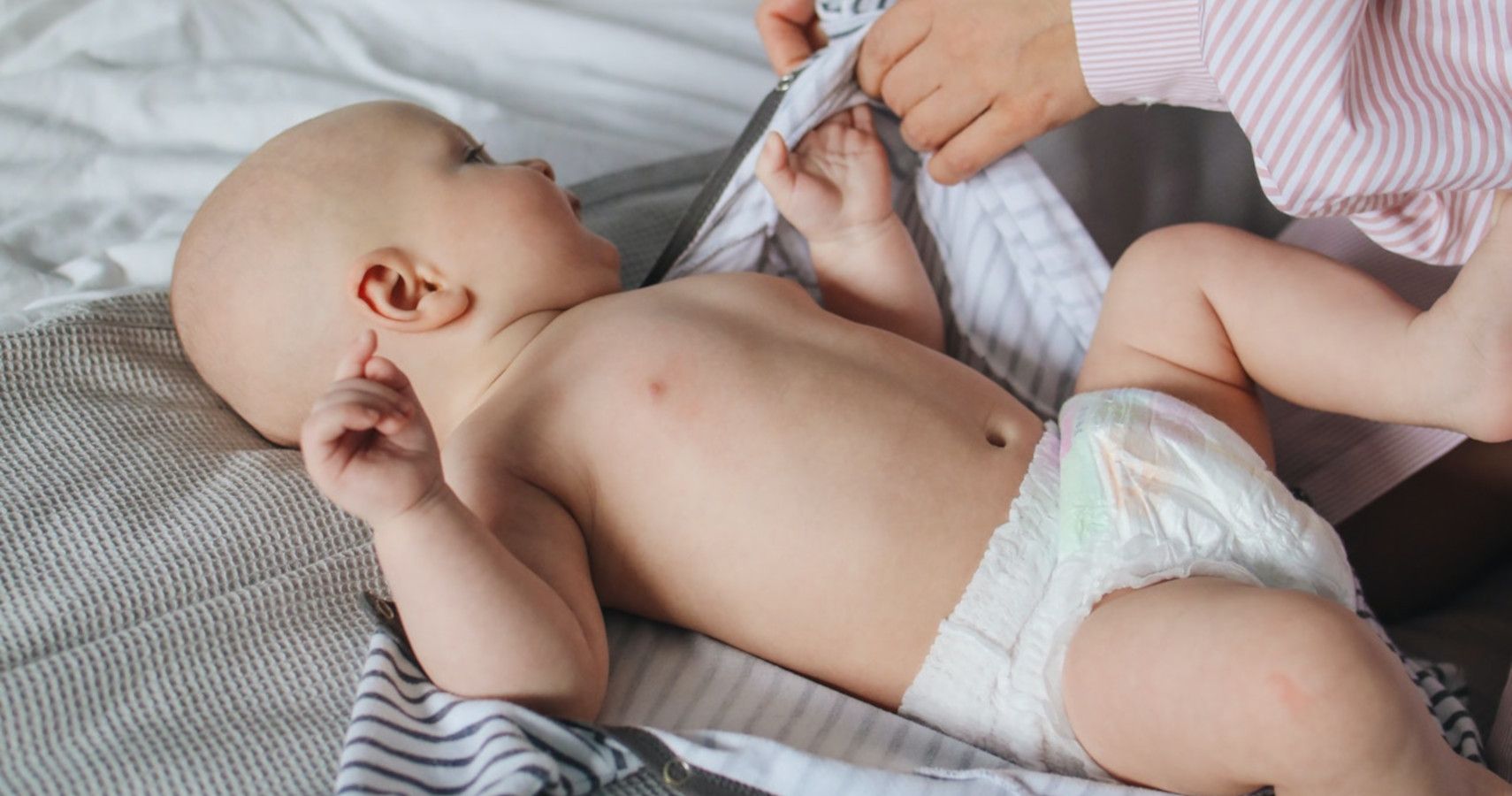Many expectant parents battle with the question of whether cloth diapers leak. Whether you are cloth diapering newbie or a pro, eventually you may have to deal with leakage issues. While leaking diapers are not normal, there are steps you can take to prevent them from leaking. It is a common misconception that all cloth diapers are susceptible to leaks. This is not true because diaper leaks are a result of unaddressed issues. When you use a quality cloth diaper correctly, there should be no leaking. If you find yourself having issues with cloth diaper leaking, here are some possible causes and solutions you can try:
Ill-Fitting Diapers
Getting cloth diapers that are well-fitting can be daunting especially if you are a new mother. Yet, keeping your baby leak-free is of utmost importance. These types of leaks result from gaps between your toddler’s leg and the diaper. A good fitting diaper should be a bit comfortable and not too tight. This type of leak usually occurs when your baby’s size changes. Your formerly chunky little one may slim down once they start walking and being active. To remedy this, you have to select your rise setting followed by the waist snaps and loop position. It is important to note that a good fit is flat across the front, through the crouch, and across the back of the cloth diaper. Not only will your little one be comfortable, but it will also lessen cleanup work for you.
Insufficient Absorbency
If you have ensured that the diaper is a perfect fit, it is equally important to consider its absorbency. Note how wet the diaper is after changing. If it is soaking wet, it could mean that your baby is outgrowing the diaper’s absorbency. This commonly happens when your kid requires a one-size diaper, up from the newborn diapers. Additionally, it could also happen in other stages. You may have a smaller pre-fold to deal with as your baby grows, leading to leaks. If you change your baby’s cloth diaper the appropriate amount of time and they are still excessively soaked, you should add more absorbency. To do so, you may use a booster in the pre-fold to increase absorbency. This is as long as they do not affect proper diaper fit.
Repelling
If you are still experiencing leaks after ensuring the cloth diapers fit well and have good absorbency, then it might be due to repelling. This occurs when there is a buildup on the cloth diapers after using them successfully for some time. It can be a result of several factors such as hard water deposits, using bum ointments that are not cloth diaper friendly, or dryer sheets. It may also be due to the usage of too much detergent and not rinsing it out adequately. This is usually accompanied by a rash or a smelly diaper. It would be prudent to adjust your washing routine or detergent to solve this issue. It is also advisable to prewash the cloth diapers properly before use.
Flooding Issues
A flooding situation occurs when your little one manages to hold his or her bladder for longer periods. Eventually, it results in flooding when they go. It can be frustrating for you because it usually results in diaper leaks. There a few ways to prevent this situation from occurring. Most of them involve small adjustments to your routine. Also, it could be a sign that your baby is ready for potty training, depending on their age. You may also use extra boosters and placing them at the point the flooding starts. Alternatively, this is achievable by folding the inserts themselves. Another solution is using wicking materials that have many layers of highly absorbent organic cotton or hemp. These are all under a layer of microfleece.
Damaged Cloth Diaper
The cloth diaper has a waterproof layer made from thermoplastic polyurethane (TPU) or polyurethane laminate (PUL). This layer is responsible for sealing the moisture and keeping leaks away. When this layer is no longer intact, leaks may happen. This commonly happens in the area around the inner leg.
Take a close look at the area and if you notice pieces of this layer missing, it means the diaper will leak if used as a conventional cloth diaper. Once this happens, there is no fix for it. However, you can find other ways to put it to use as a swim diaper. This is because swim diapers do not require a fully intact layer of the laminate to be functional. On the plus side, you get to keep using the diaper.
Sources: thirstiesbaby.com, arcticbabybottoms.com, clothdiaperkids.com, pootersdiapers.com, thenaturalbabyco.com.

